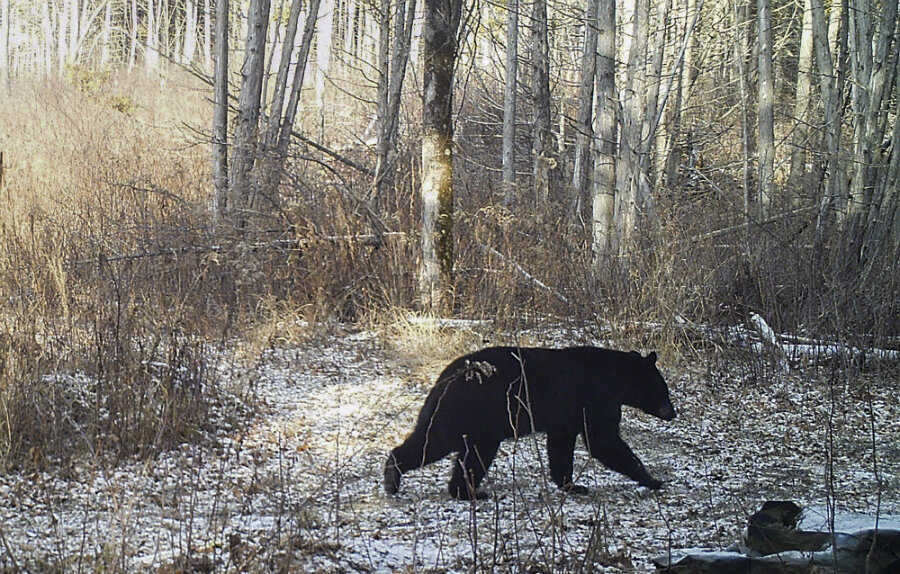Wildlife more threatened by climate change than previously thought
Loading...
After years of warnings that climate change poses a threat to Earth’s biodiversity, a new study finds that the damage has already begun.
The authors of a paper published Monday in the journal Nature Climate Change performed a “comprehensive analysis” of 130 previous studies on how climate change has affected threatened and endangered species.
"We did the study because no one had really pulled together the evidence of how much climate change has impacted species to date," one of the study’s co-authors, James Watson, told LiveScience.
Concerns about wildlife losses are nothing new, but this new study demonstrates that climate change is pressuring endangered species more than previously thought.
Scientists had previously estimated that 4 percent of birds and 7 percent of mammals on the International Union for the Conservation of Nature’s “Red List” are threatened by climate change, according to Science Recorder.
But this new study says the effects of climate are much, much broader. Dr. Watson and his colleagues revised those estimates upward to 23.4 percent of threatened birds and 47 percent of threatened terrestrial mammals.
While the study focused just on birds and mammals, Watson, director of the science and research initiative at the Wildlife Conservation Society based in New York City, says it bodes poorly for the well-being of other species.
"We looked at only the most mobile species that probably should adapt the best and we found that they're getting hammered," he told LiveScience. Plants, aquatic, and cold-blooded animals could have an even harder time adjusting to higher temperatures, more frequent natural disasters, and other climate change-induced changes.
This conclusion comes on the heels of findings that 58 percent of wildlife populations have declined since 1970, and that one-tenth of Earth’s wilderness areas have been destroyed since 1993.
Now, conservationists are repurposing legal tools meant to protect endangered species from older threats to keep them safe from the effects of climate change.
In 2008, polar bears became the first species to receive Endangered Species Act protections based on climate-change projections. Bearded seals followed suit last October. At the time, The Christian Science Monitor reported:
“The legal battle for bearded seals is similar to the one wrought for polar bears, and there may be more to come, some experts say, especially with other species of seals. Previous studies have also found that birds and some other animals are similarly threatened by climate change due to loss of habitat.”
The new comprehensive analysis of these studies may bolster conservationists’ work, and not a moment too soon. "We have to give species their best chance to overcome this, and the only way to do that is to keep nature intact," Watson told LiveScience. "It's pretty simple really, we've just got to stop altering nature and degrading nature. We’ve got to keep things functioning and hope for the best."






